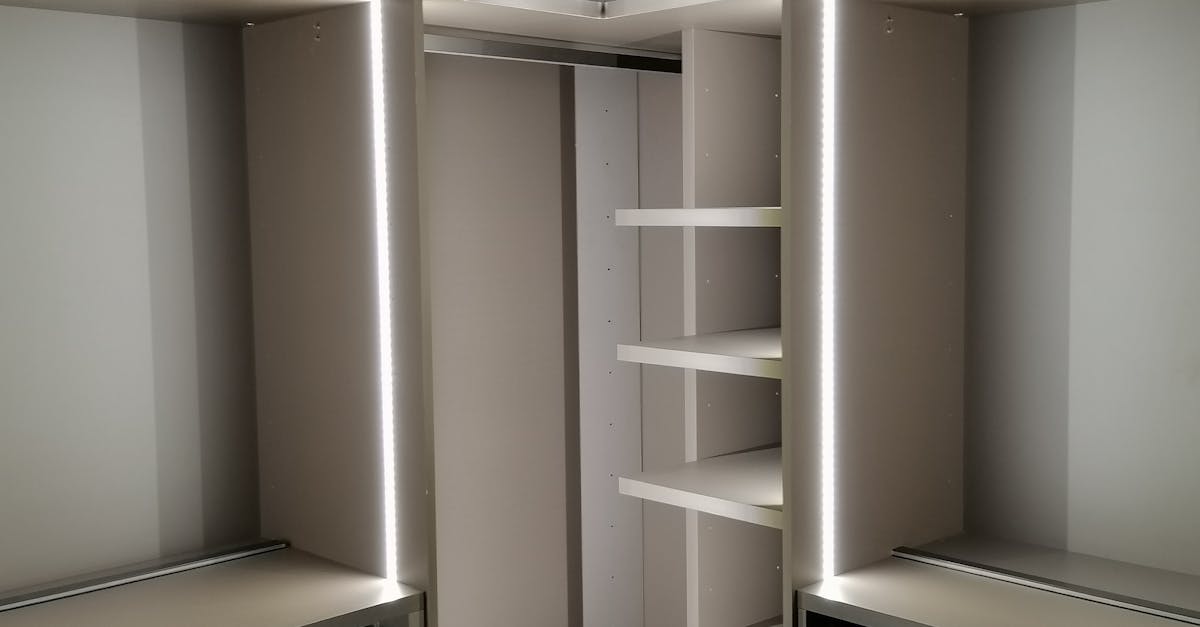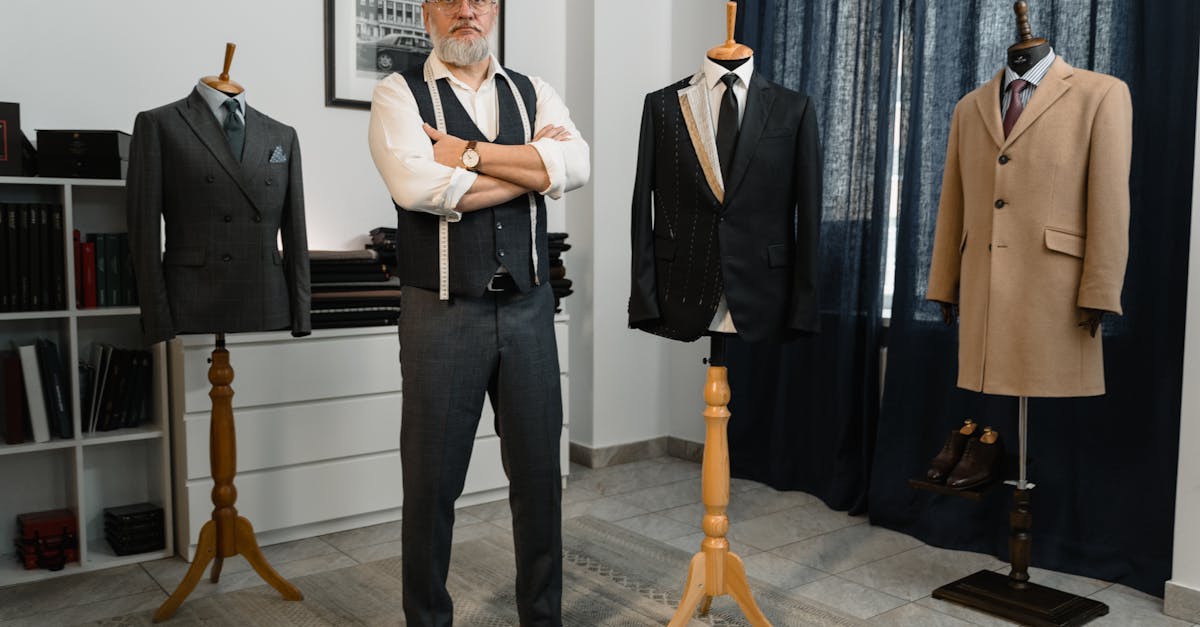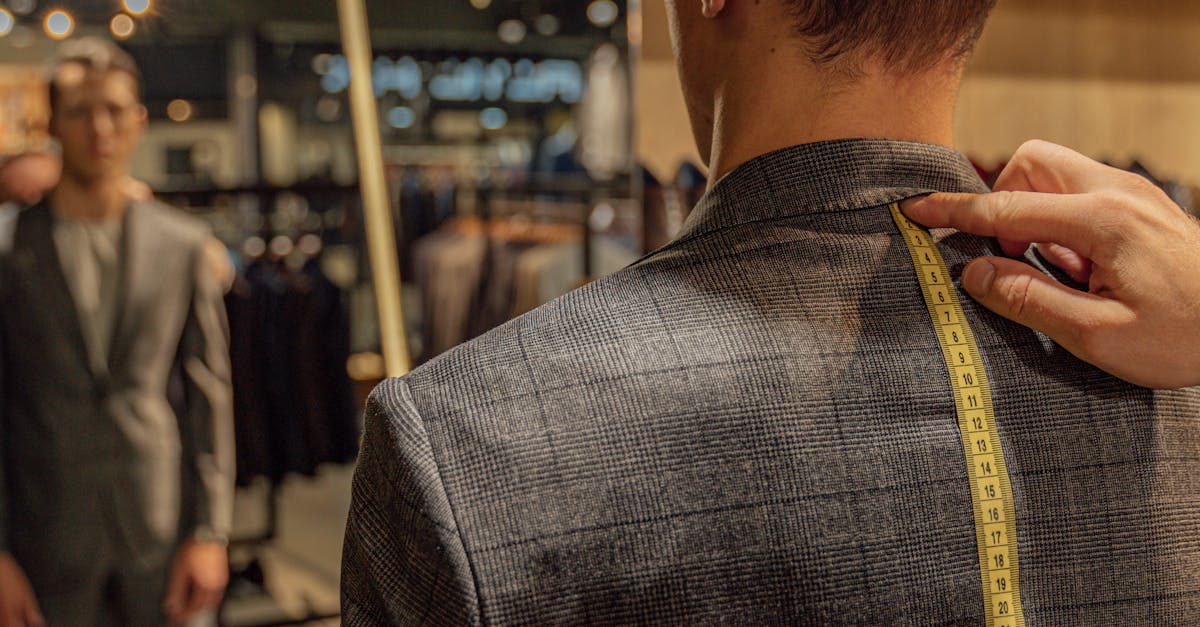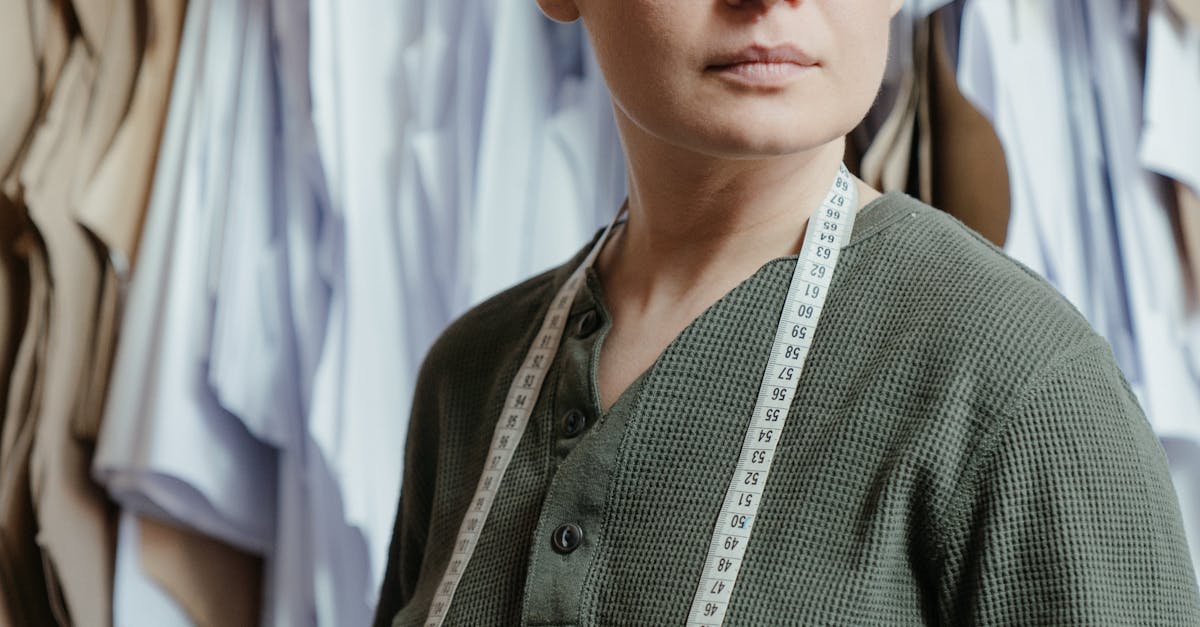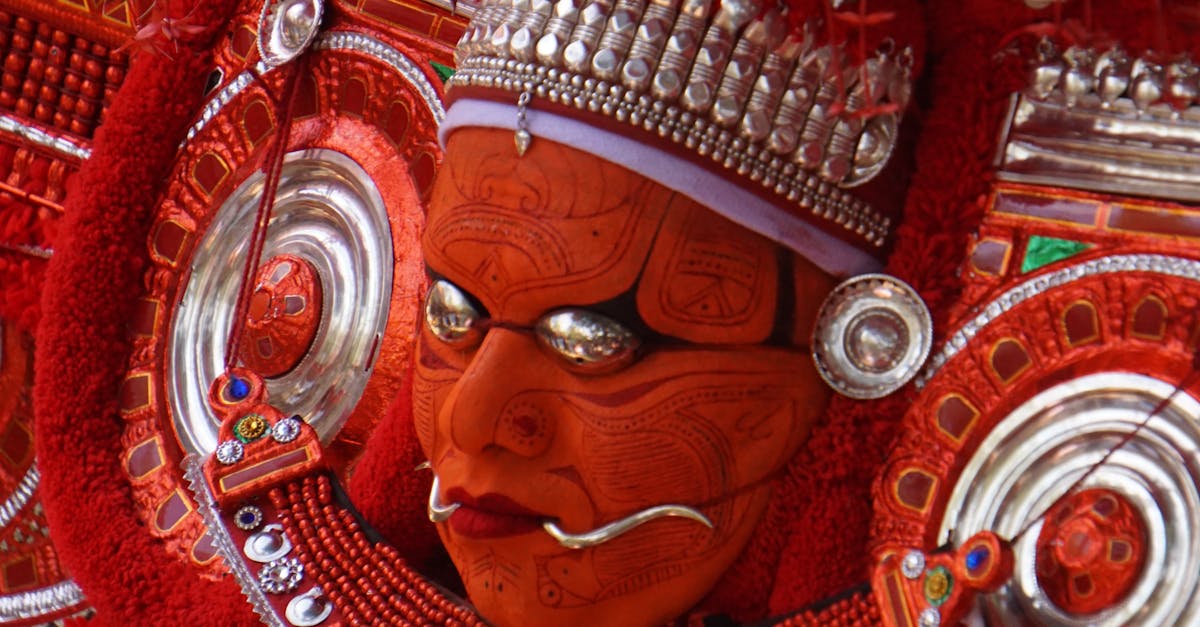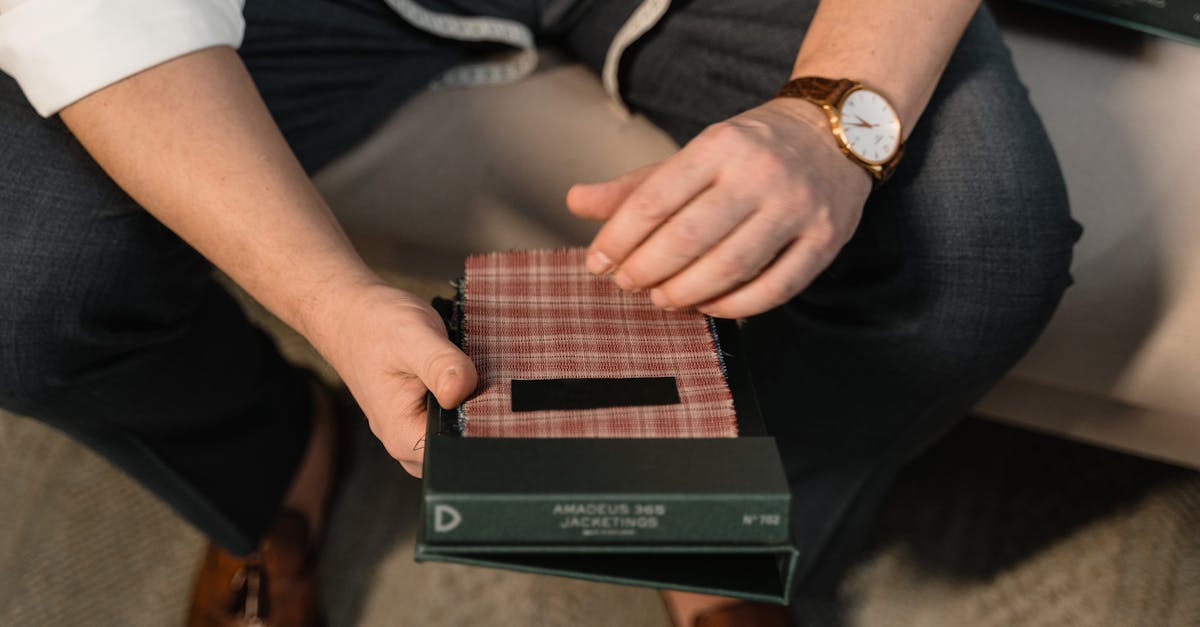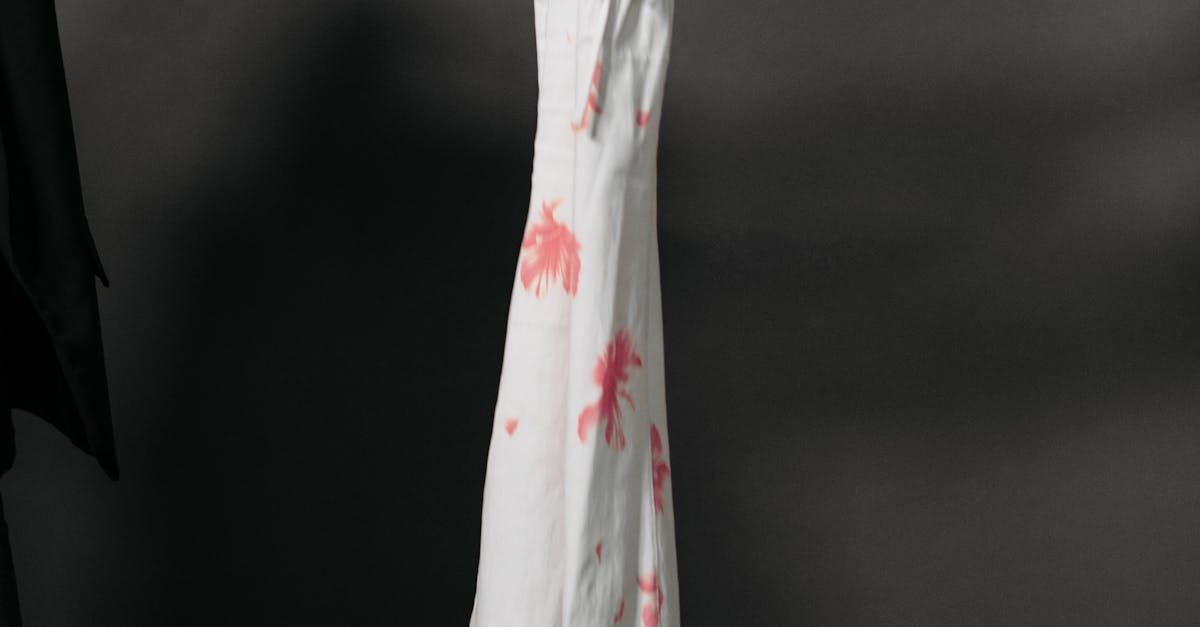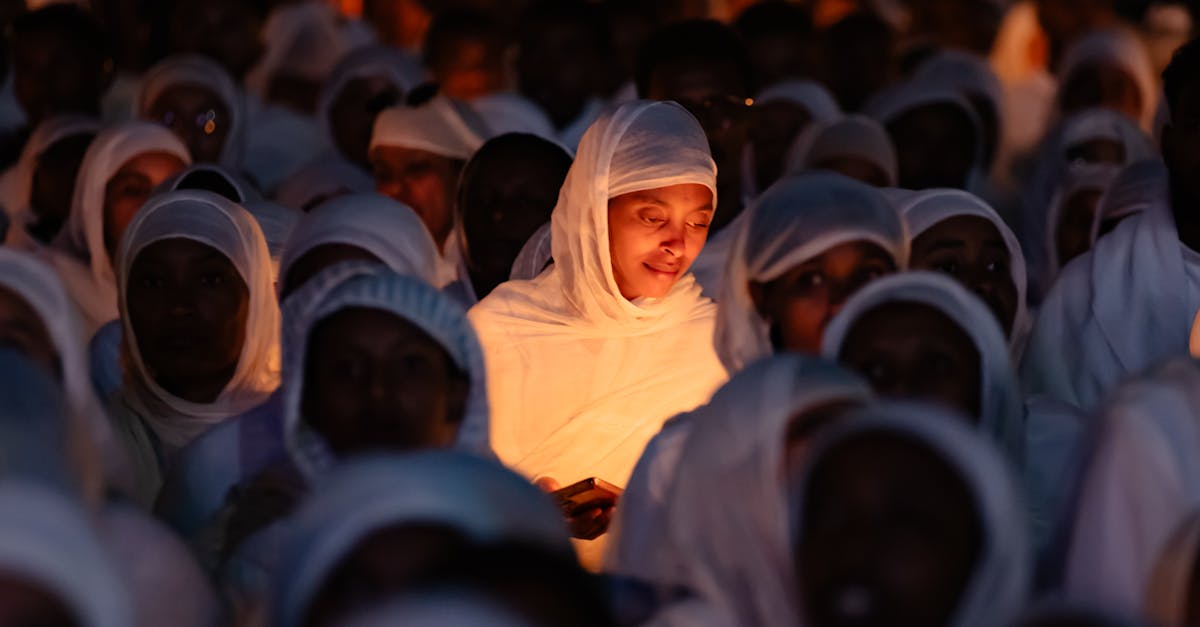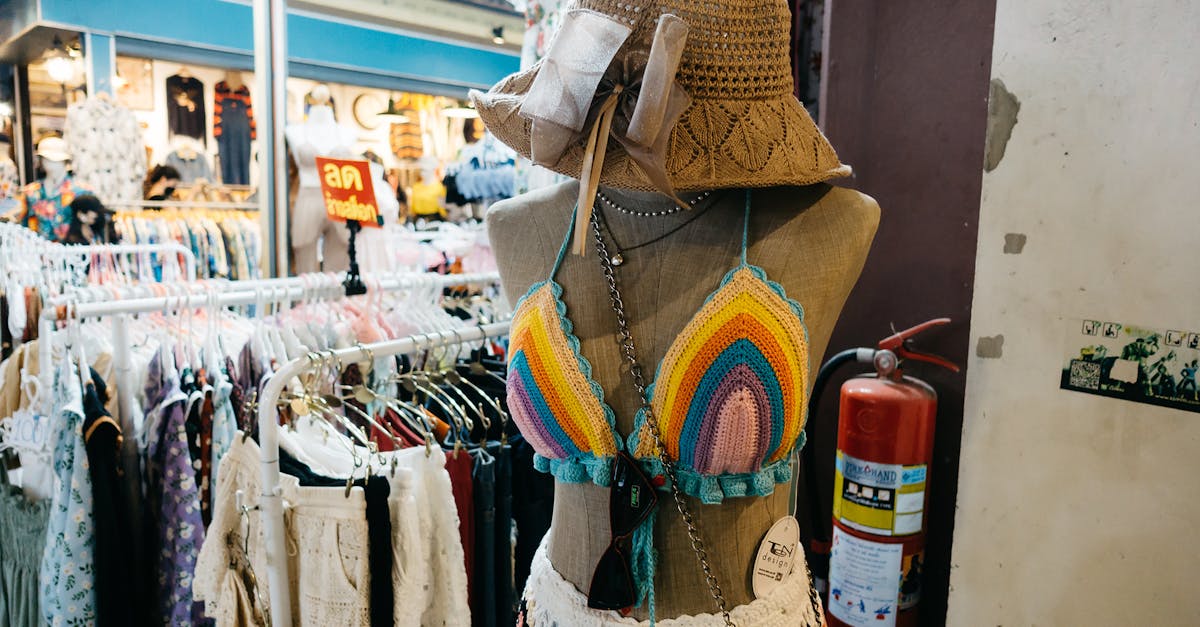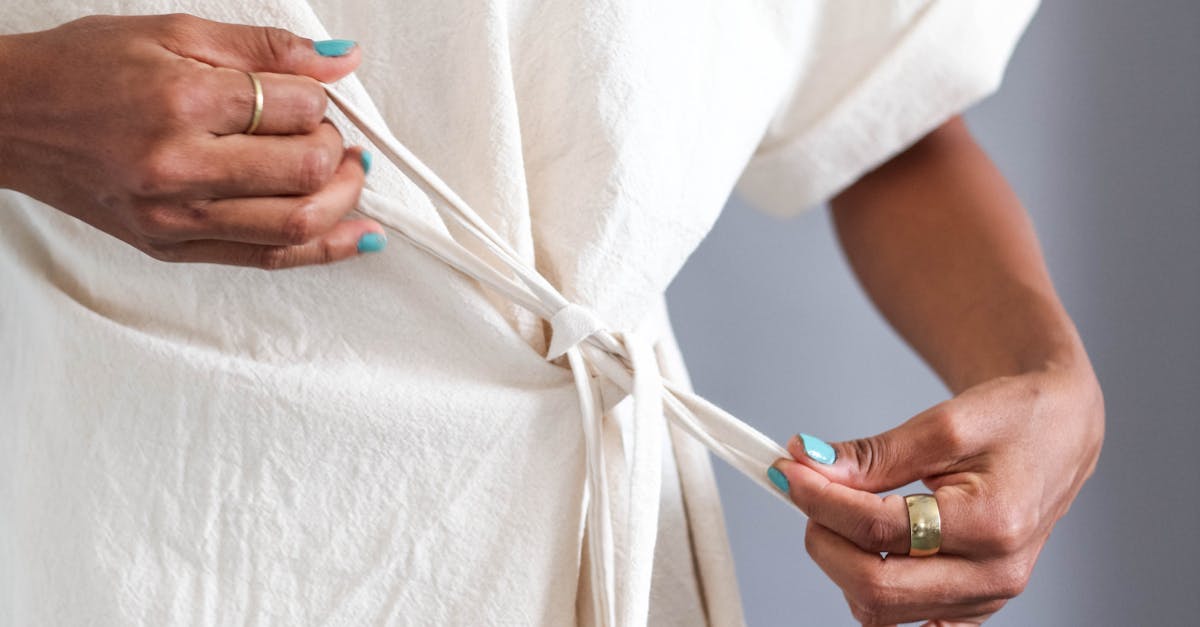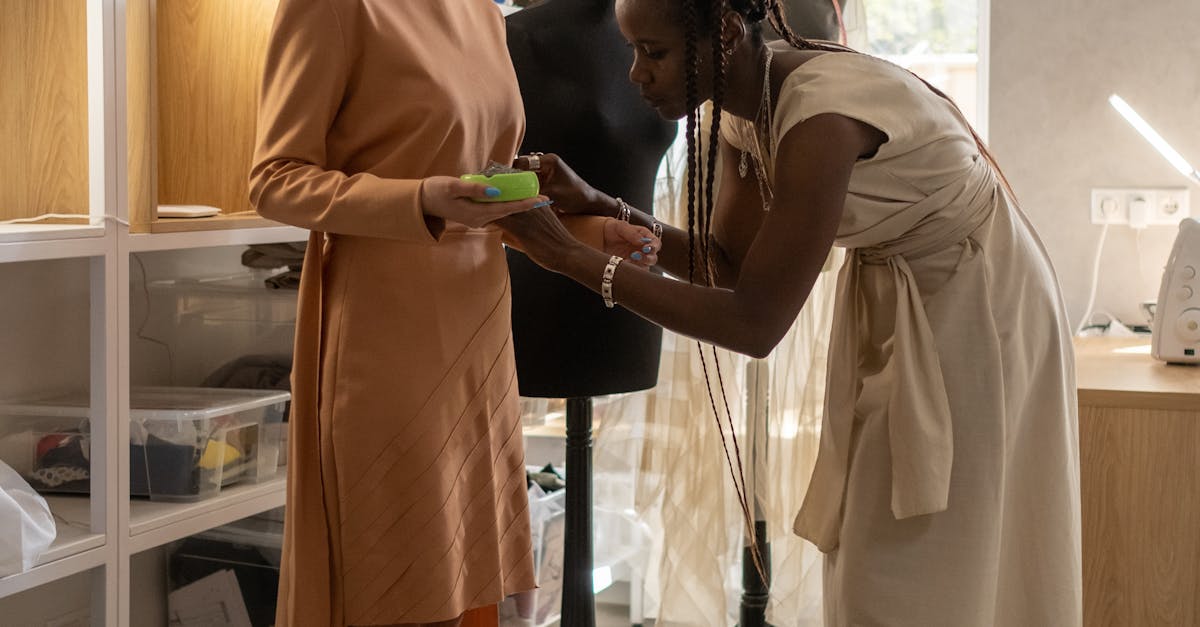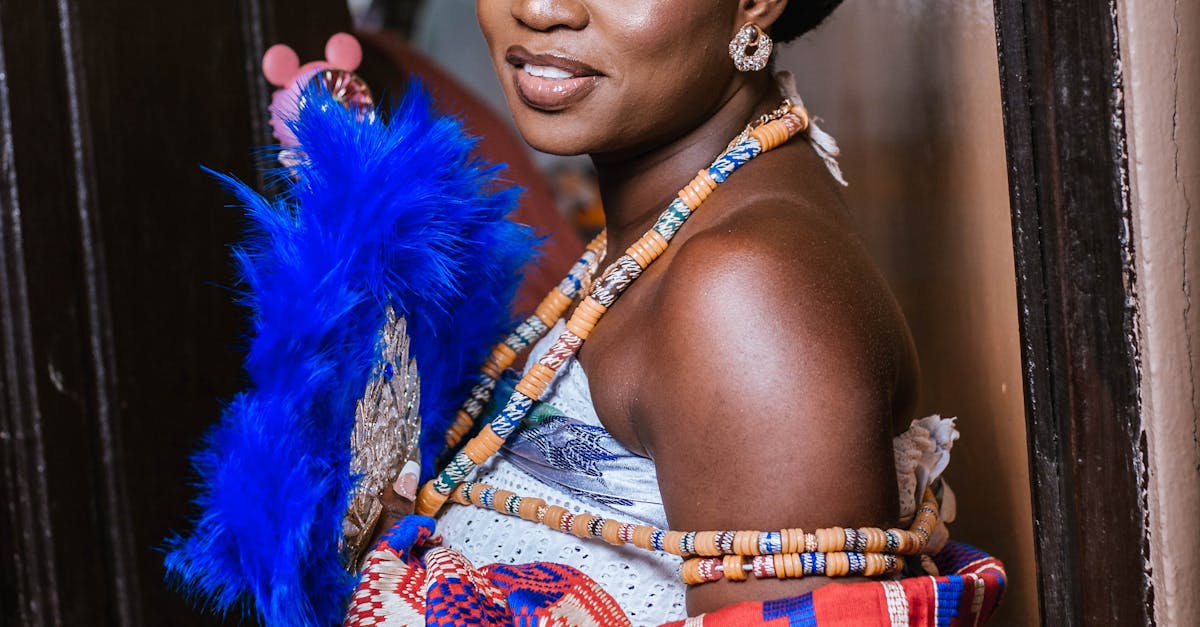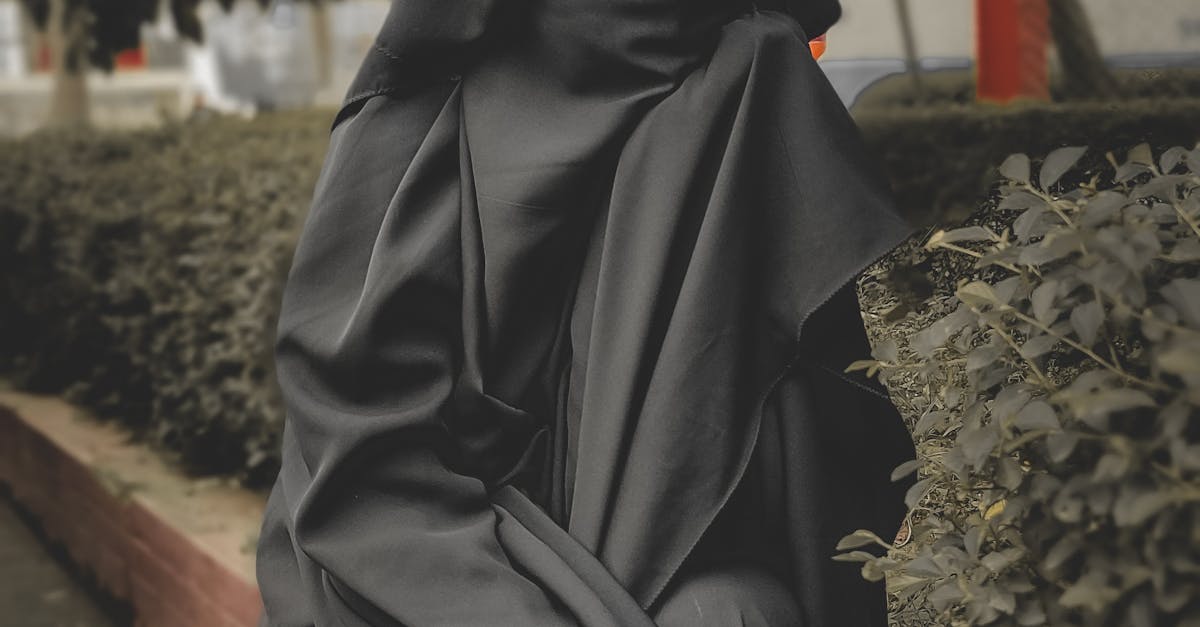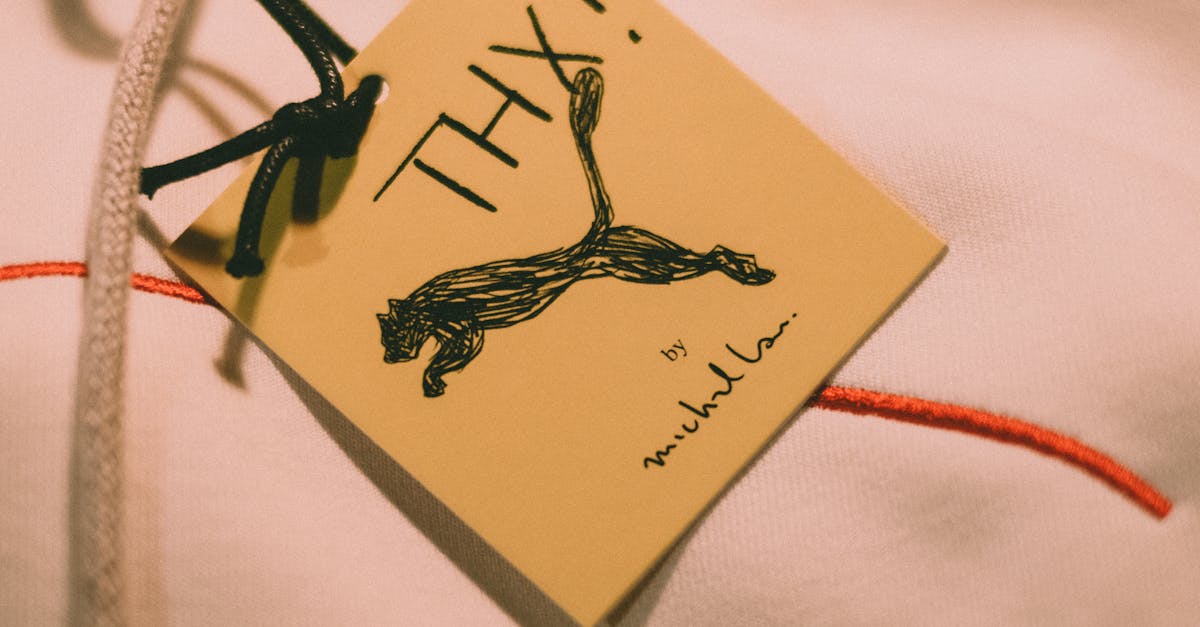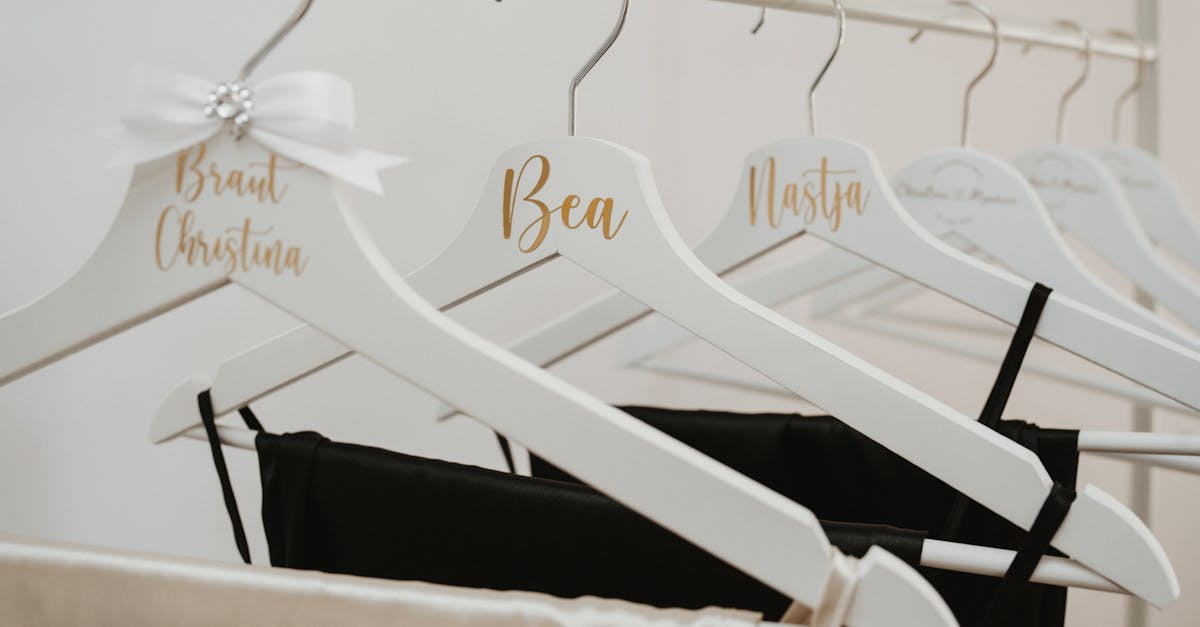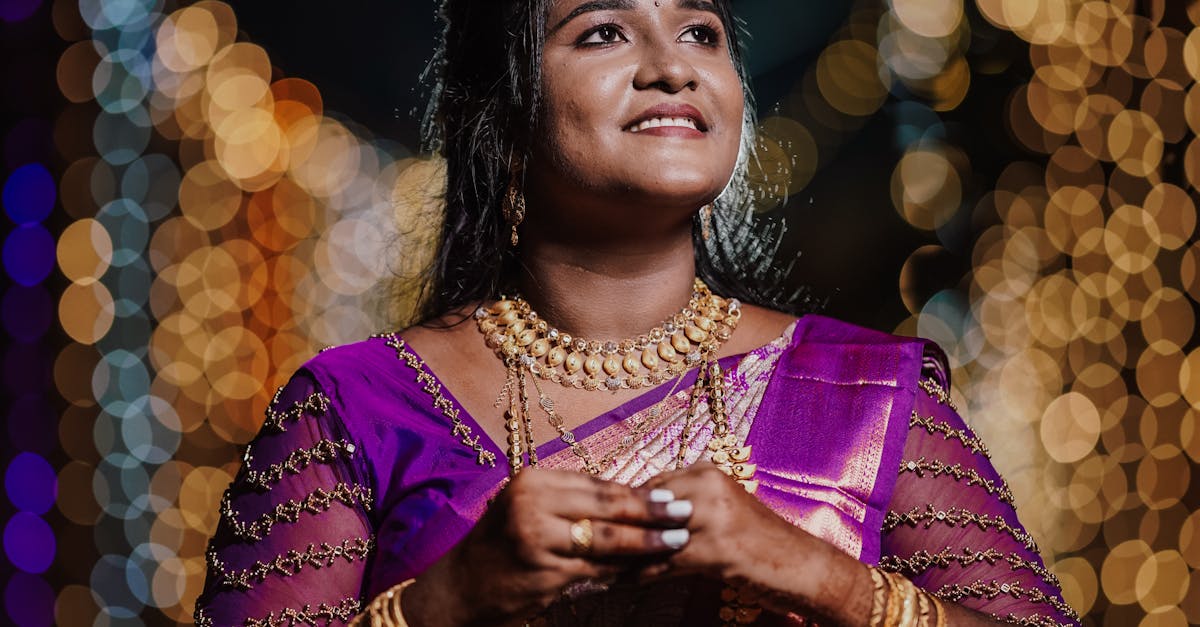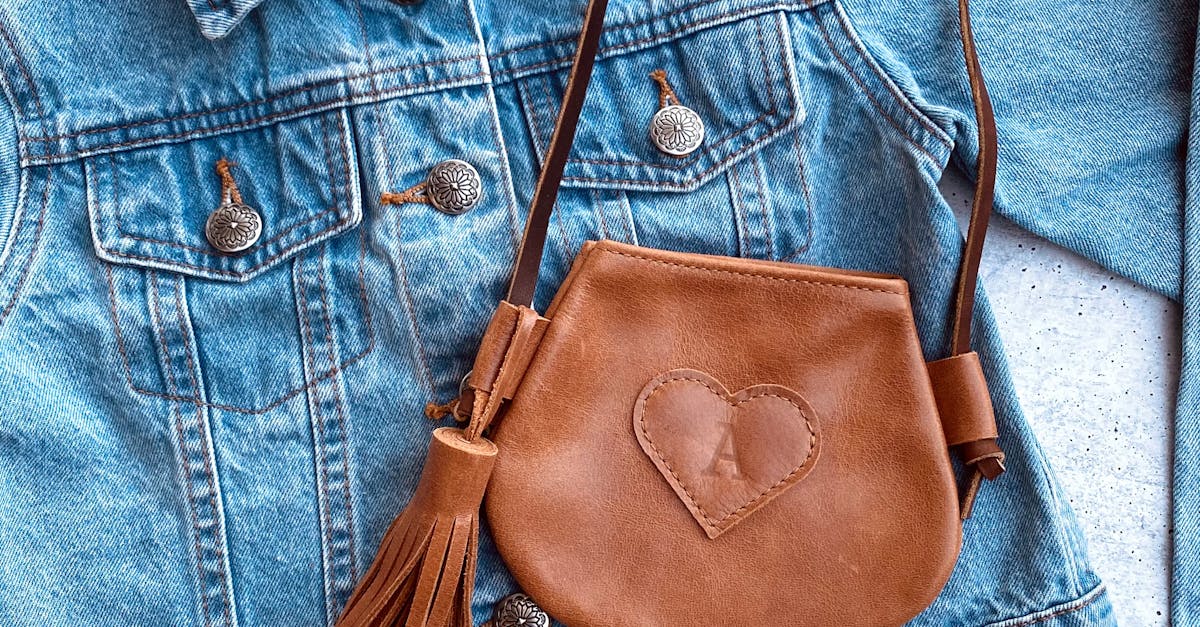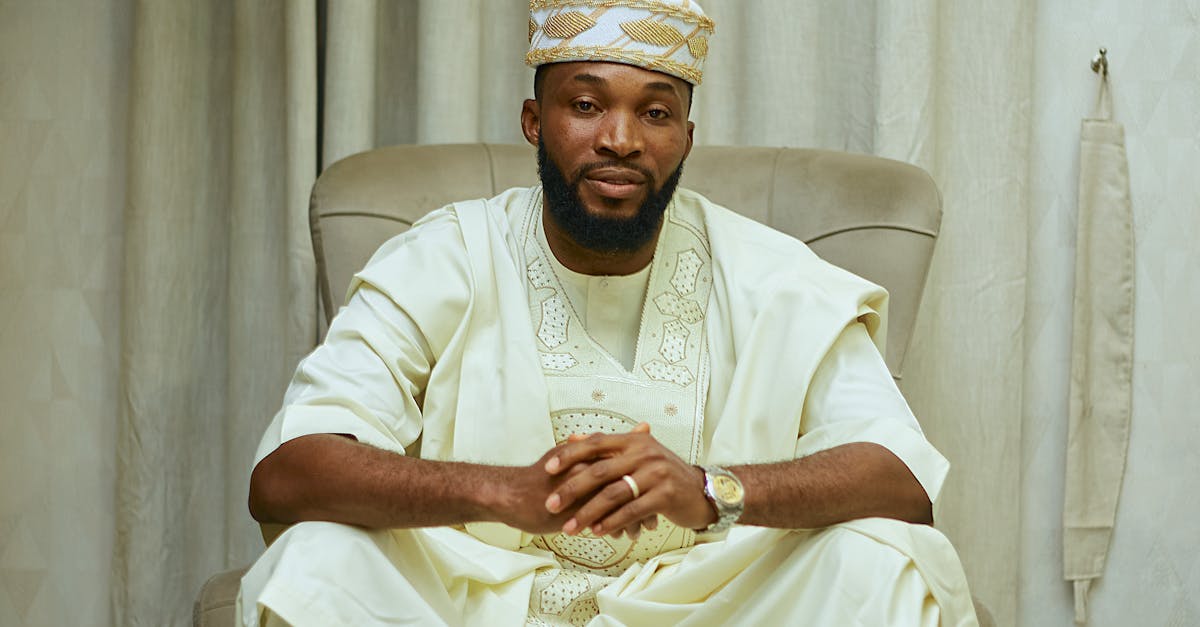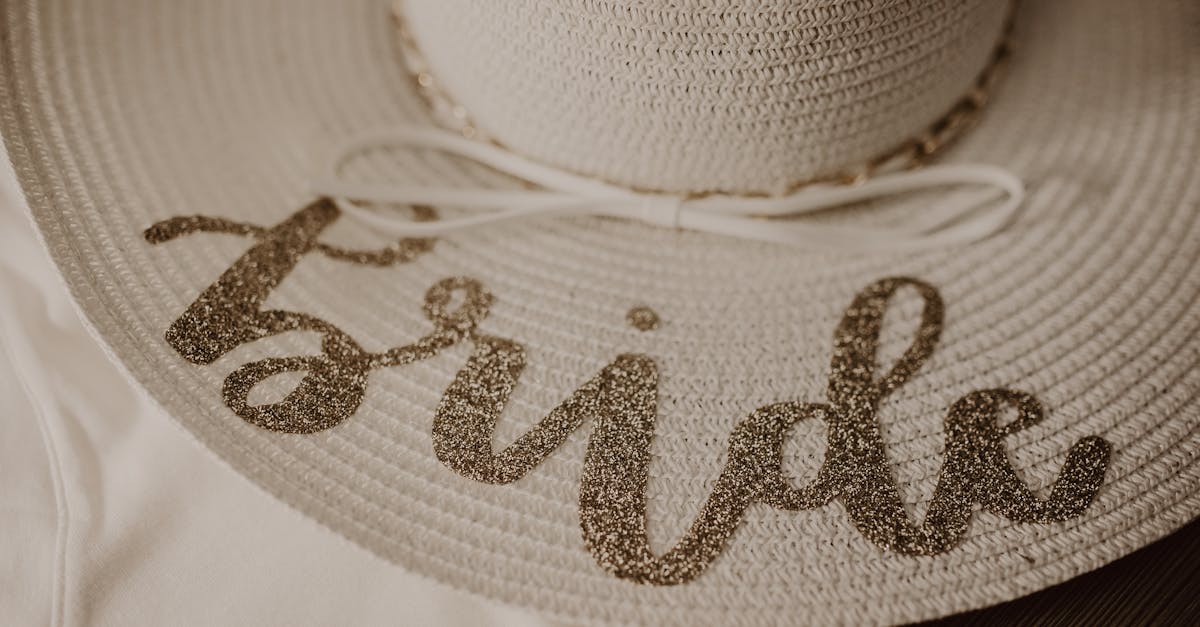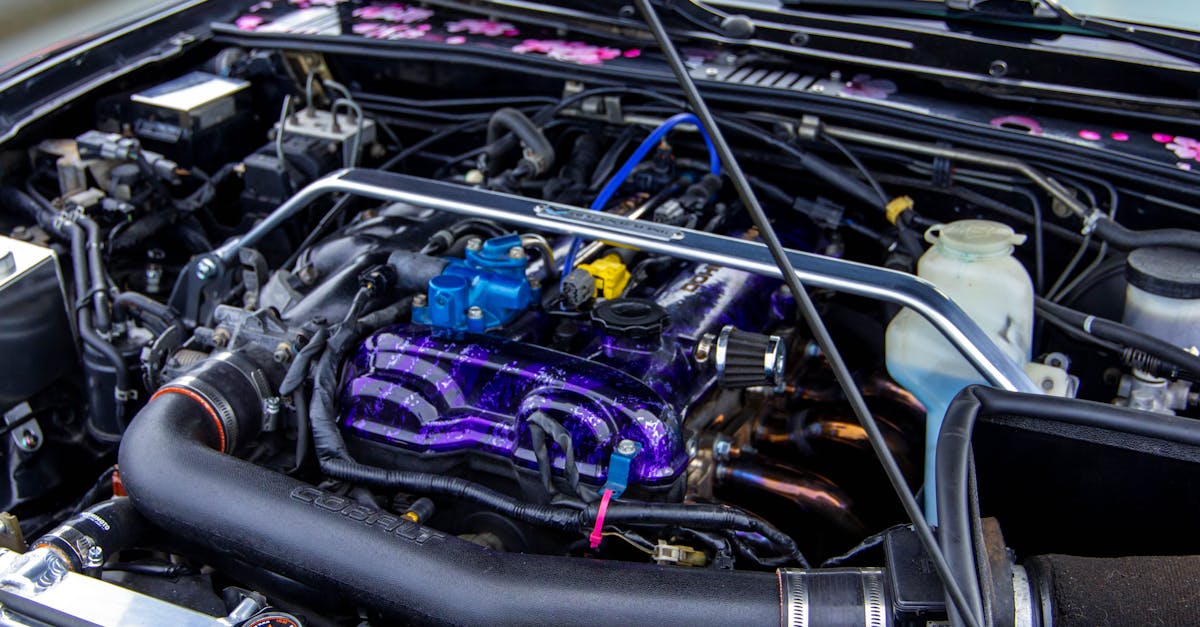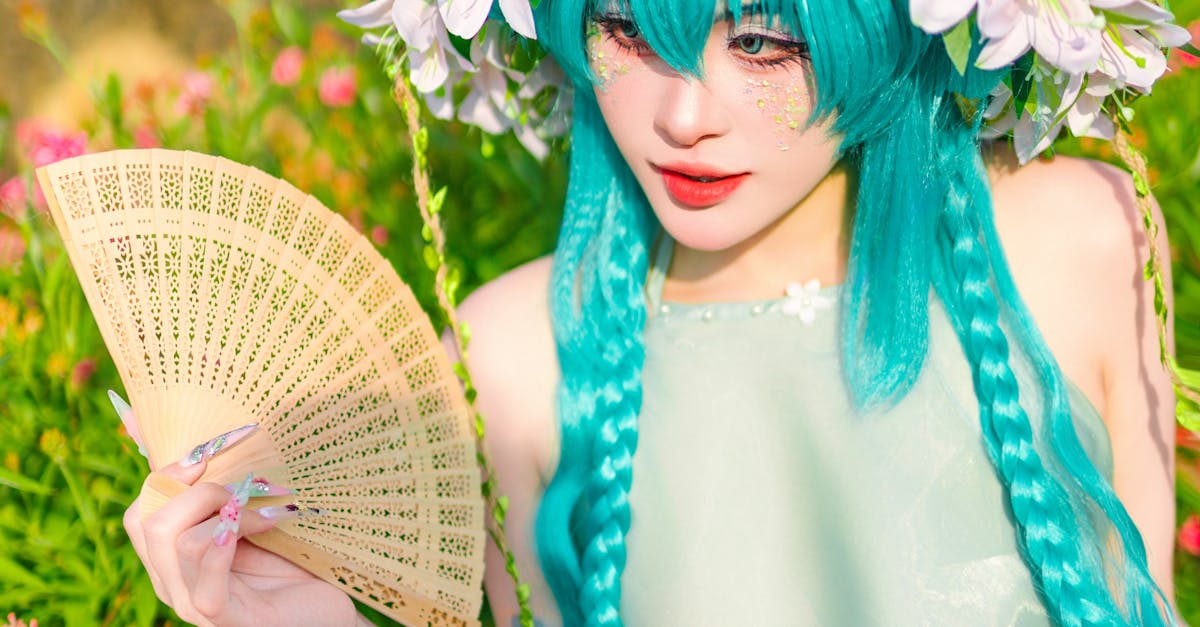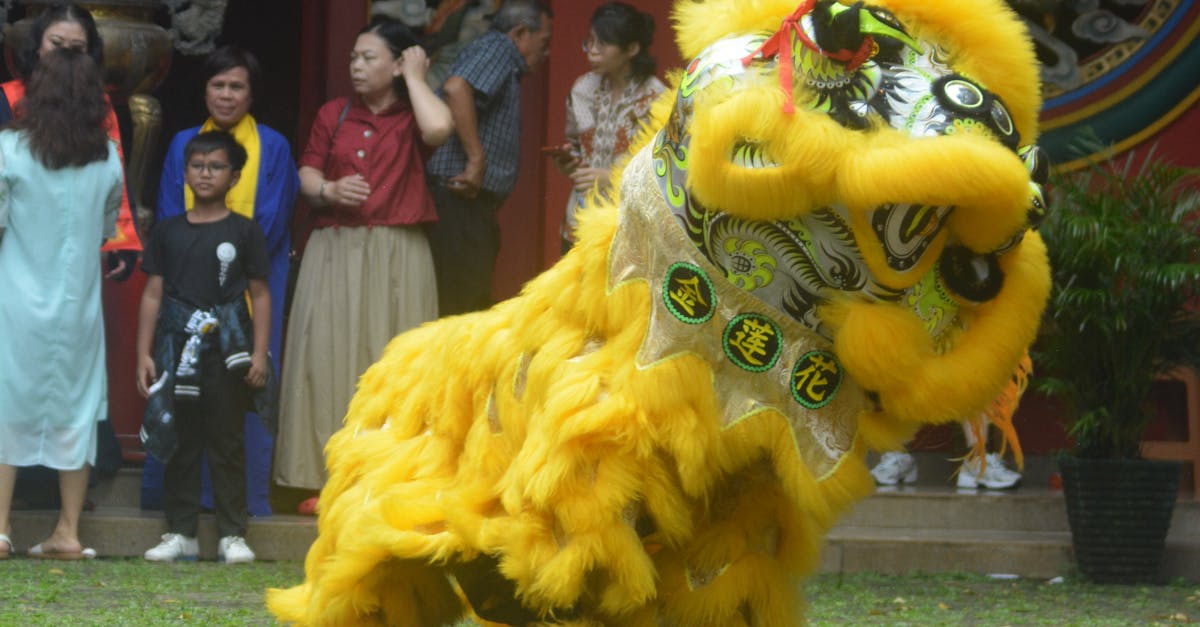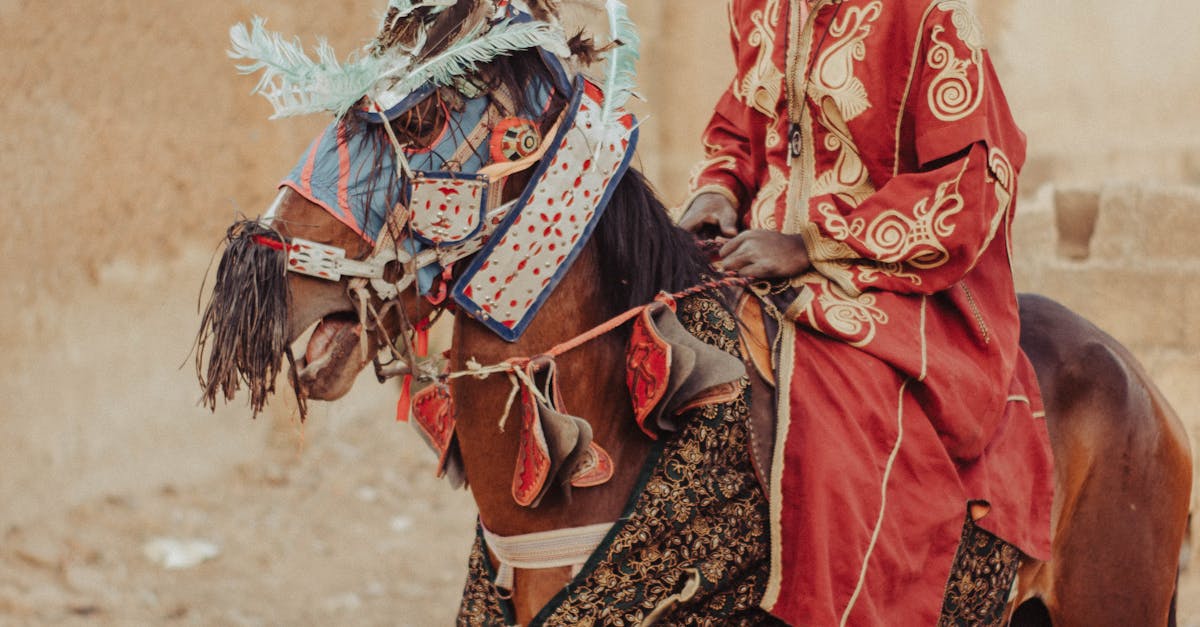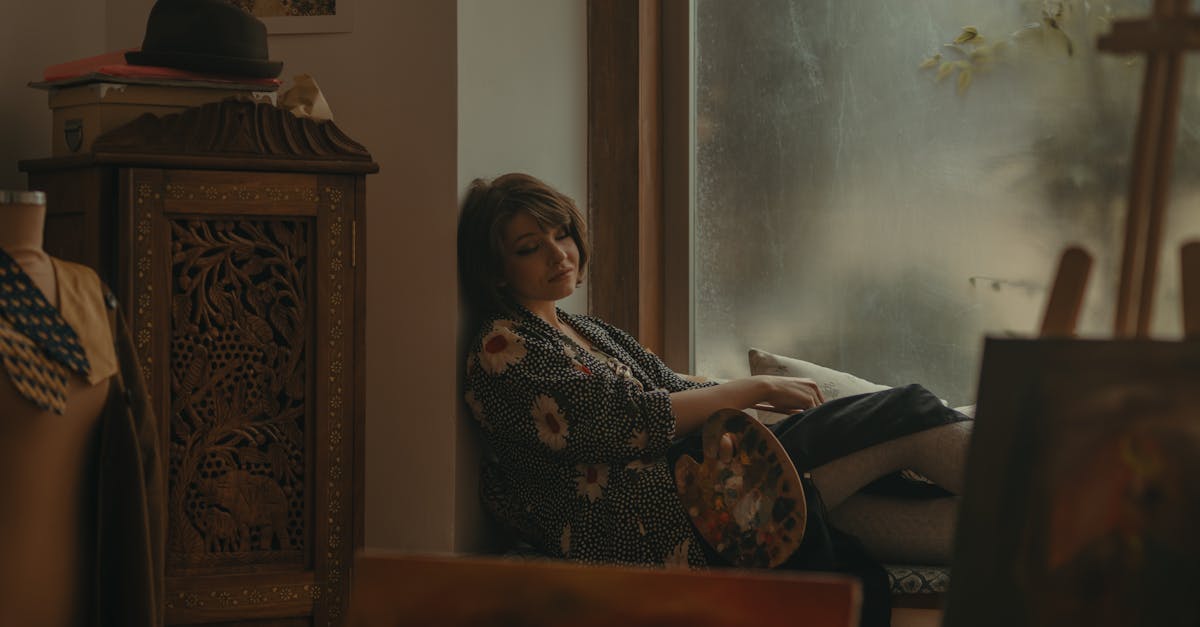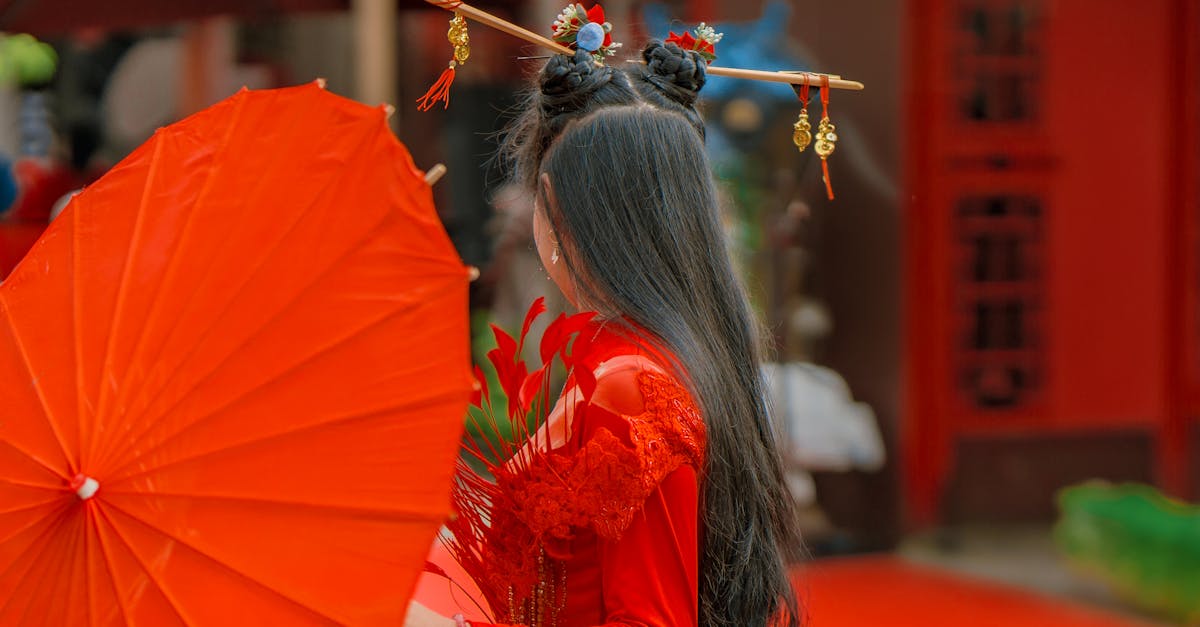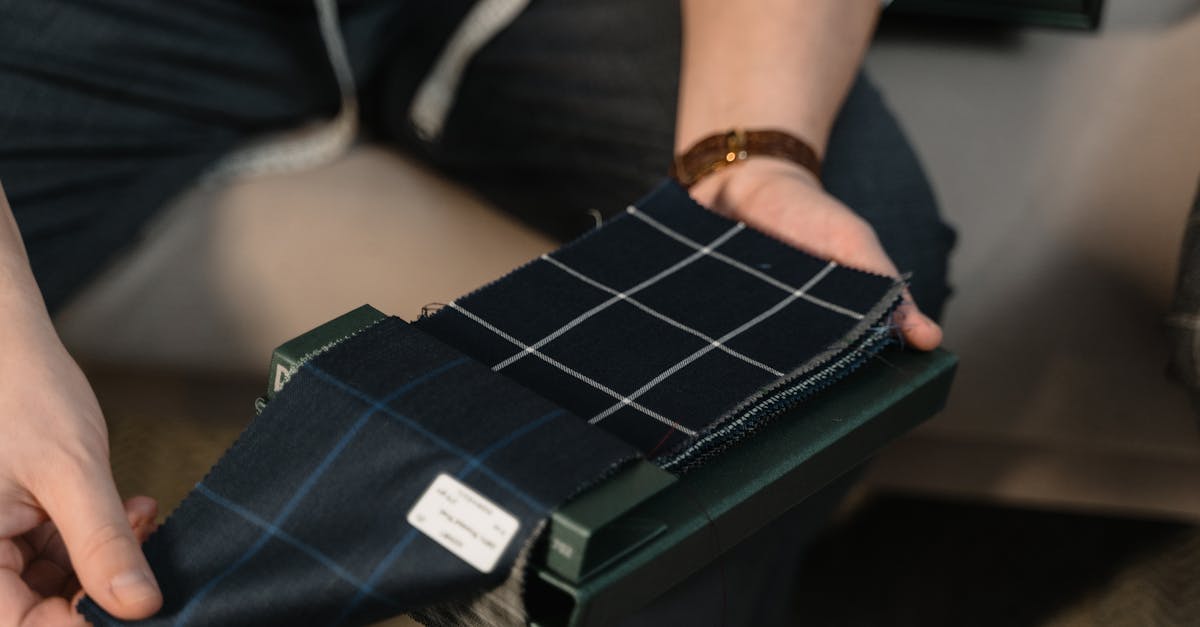
Table Of Contents
Lighting Enhancements
Proper lighting is essential in custom wardrobes to enhance visibility and create an inviting atmosphere. Utilizing a combination of ambient, task, and accent lighting can significantly improve the functionality of the space. LED strip lights are often favored for their energy efficiency and the ability to be integrated into shelves and hanging areas. These lights can brighten the entire wardrobe, ensuring that every garment is easy to see and access.
In addition to practical purposes, lighting in custom wardrobes adds a touch of style and personalization. Dimmable options allow for adjusting brightness levels based on the mood or time of day. Incorporating smart lighting systems can give users control over their wardrobe's illumination through apps, creating an innovative touch. Thoughtfully arranged lighting not only highlights clothing and accessories but also elevates the design of the wardrobe itself.
Types of Lighting for Visibility and Ambiance
Proper lighting is essential for enhancing visibility and ambiance in custom wardrobes. Incorporating LED strip lights along shelves or inside drawers can illuminate items clearly, allowing for easy access to clothing and accessories. Additionally, recessed lighting can be strategically placed to create a warm glow, which adds an inviting atmosphere. This thoughtful approach to lighting ensures that each section of the wardrobe is not only functional but also visually appealing.
Consideration of color temperature is crucial when selecting lighting for custom wardrobes. Warmer tones can create a cozy environment, while cooler tones provide a more modern, fresh feel. Dimmable switches offer flexibility to adjust the brightness based on preference and time of day, making the wardrobe experience more enjoyable. Integrating motion-sensor lights can enhance convenience, illuminating the space automatically when opened, significantly improving visibility at all times.
Customizable Accessories
Custom wardrobes offer an excellent opportunity to incorporate customizable accessories that cater to individual style and storage needs. From adjustable shelving to modular drawer systems, these features allow for personalized organization. Consider installing pull-out racks designed specifically for belts and ties. This not only maximizes space but also ensures easy visibility, enabling quick outfit selections.
Jewelry organization is another essential aspect of customizable accessories. Integrating felt-lined trays or compartmentalized drawers can help keep pieces untangled and accessible. Small hooks can also be added for necklaces, allowing them to be displayed elegantly. With these thoughtful design choices, custom wardrobes can transform into well-appointed dressing areas tailored to personal preferences.
Belts, Ties, and Jewelry Organization
Effective organization of accessories can elevate the functionality of custom wardrobes. Incorporating specialized compartments for belts, ties, and jewelry allows easy access and prevents tangling or damage. Drawer inserts can help keep ties flat and neatly arranged. Similar structures can be implemented for belts to minimize clutter and enhance visibility.
For jewelry, consider a dedicated section within the wardrobe featuring trays or drawers lined with soft materials. This protects delicate pieces while keeping them organized. Utilizing hooks for necklaces prevents knotting and provides a visually appealing display. Custom wardrobes tailored with these features enhance not only organization but also the overall aesthetic of your space.
Climate Control Features
Climate control features are essential in custom wardrobes to protect your clothing investment and enhance overall functionality. Maintaining an optimal temperature ensures that delicate fabrics, such as silk and wool, do not become damaged over time. Integrating a combination of thermal insulation and temperature regulation technology can significantly improve the conditions in which your garments are stored.
Humidity control is equally crucial for custom wardrobes, as excess moisture can lead to mold and mildew growth. Incorporating dehumidifiers or hygrometers allows for easy monitoring of moisture levels. Adding ventilation systems helps promote airflow, preventing musty odors and preserving the quality of your clothing. These features ensure that your custom wardrobe not only looks good but also maintains a protective environment for your attire.
Humidity and Temperature Regulation Techniques
Humidity and temperature regulation techniques are essential when designing custom wardrobes. Maintaining the right environment ensures that clothing and accessories remain in prime condition. Integrated dehumidifiers or moisture-absorbing materials can help control humidity. Temperature-sensitive zones can be established, utilizing insulation materials to protect garments from fluctuations.
Incorporating smart technology offers advanced solutions for climate control. Sensors can monitor humidity and temperature levels, providing real-time data to users. Automated systems can adjust accordingly, activating heating or cooling elements in response to changing conditions. Custom wardrobes benefit greatly from these features, preserving valuable items and enhancing overall usability.
FAQS
What types of lighting should I consider for my custom wardrobe?
When designing your custom wardrobe, consider using LED strip lights for even coverage, spotlights for highlighting specific areas, and ambient lighting to create a warm atmosphere.
How can I organize my belts, ties, and jewelry in a custom wardrobe?
Utilize specialized accessories like pull-out racks, dedicated tie and belt hangers, and jewelry trays or drawers to keep these items neatly organized and easily accessible.
What is the importance of climate control features in a wardrobe?
Climate control features, such as humidity and temperature regulation, are essential to protect your clothing and accessories from damage caused by moisture, mold, and extreme temperatures.
How can I ensure proper humidity regulation in my custom wardrobe?
You can incorporate a dehumidifier, climate-controlled shelves, or moisture-absorbing materials to help maintain optimal humidity levels within your wardrobe.
Are there any specific temperature regulation techniques I should include?
Consider installing a small air conditioning unit, using thermal insulation for your wardrobe space, or including temperature-monitoring devices to keep your wardrobe at a consistent and safe temperature.
